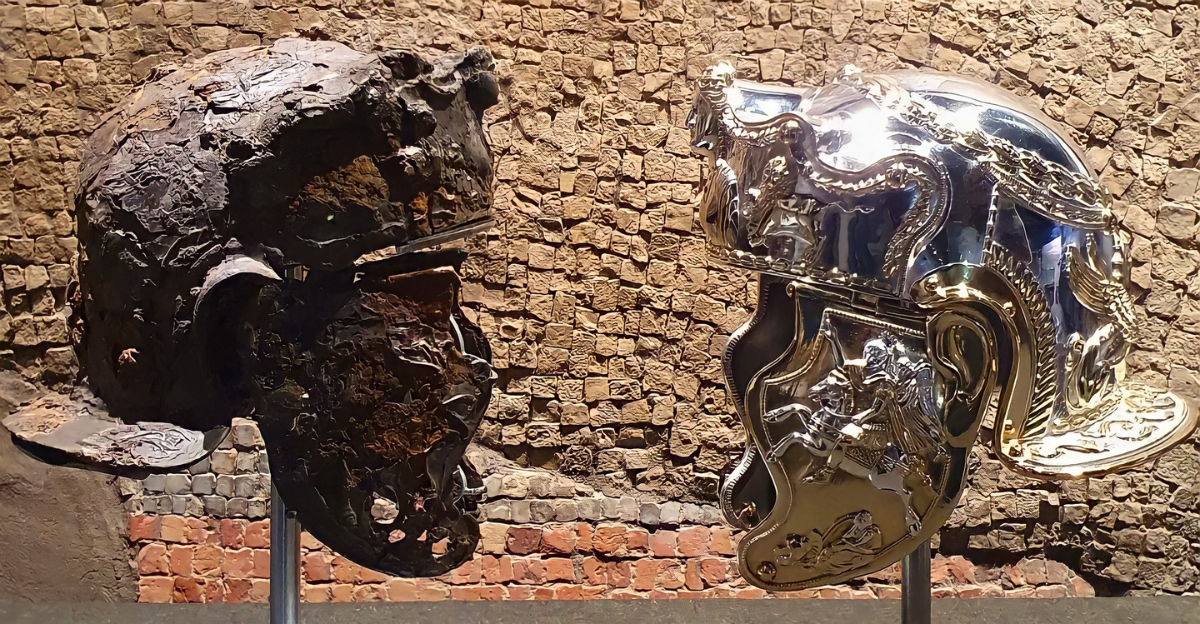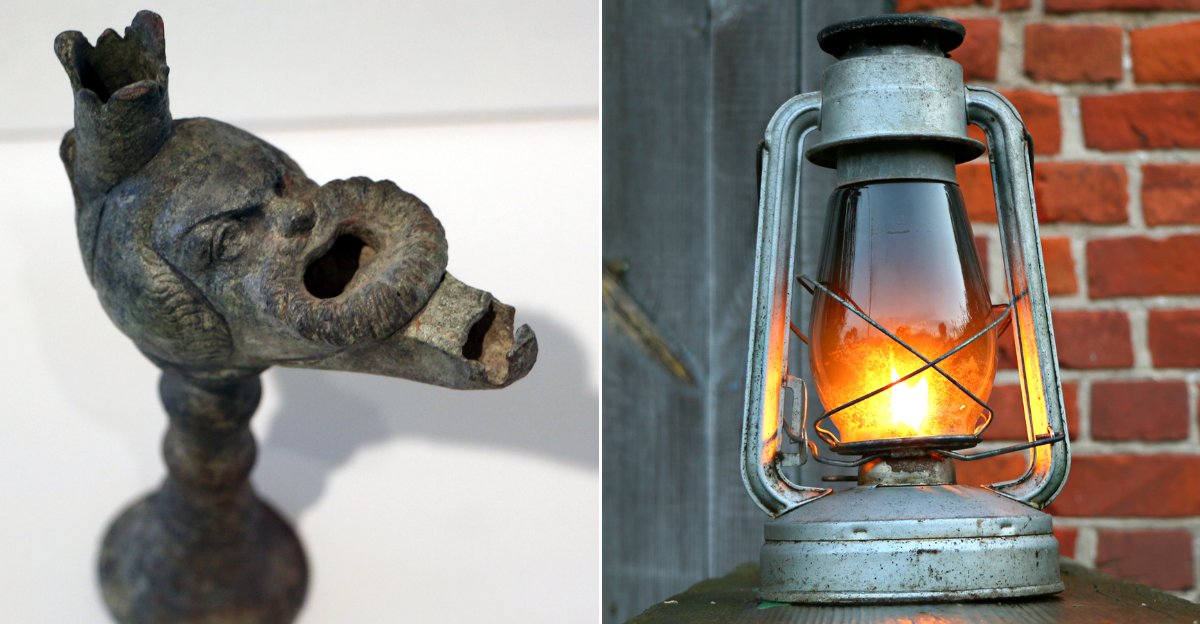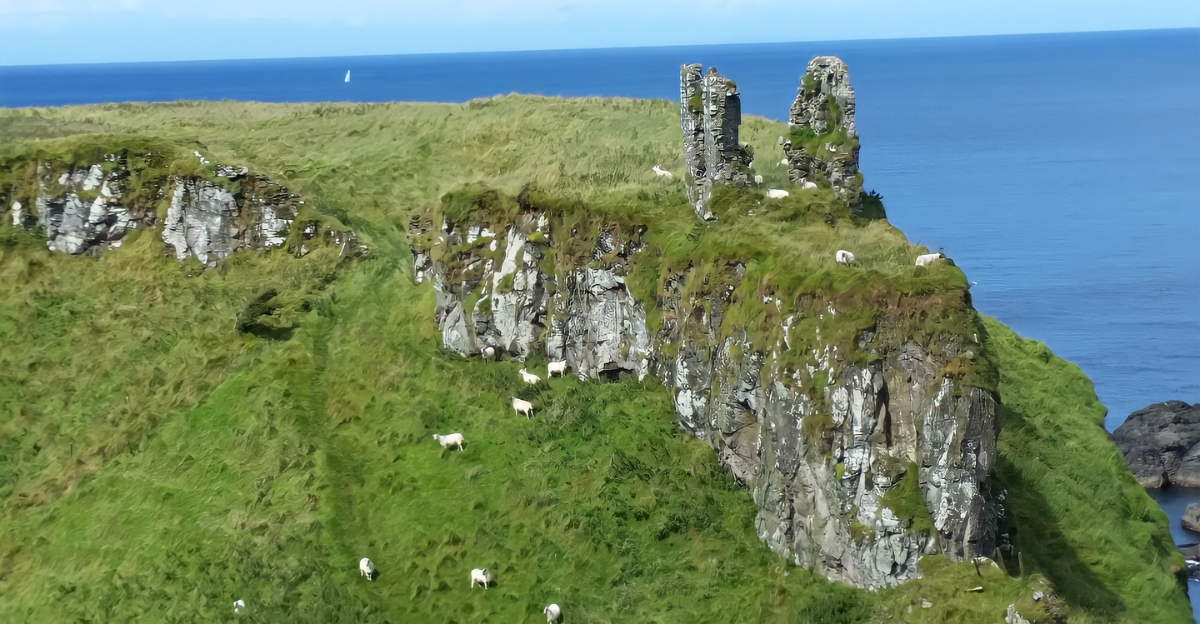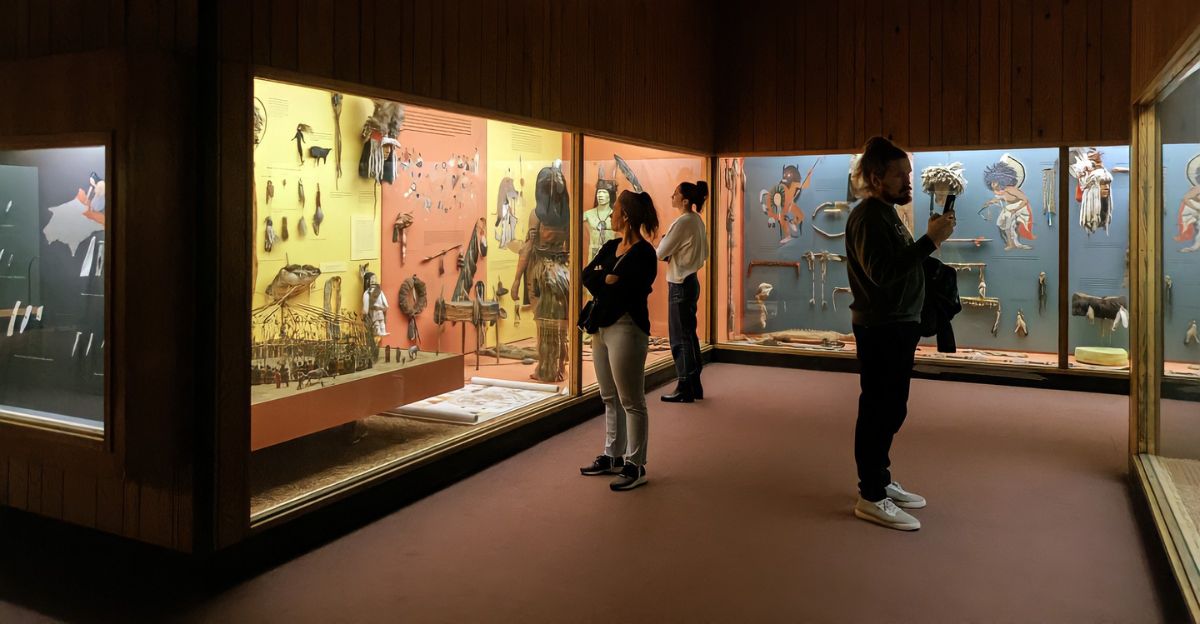
Federal recoveries can be impressive, some more than others, and this one is on the list of top recoveries ever completed. In June 2009, federal agents launched a sting operation called Operation Cerberus Action that targeted looters and collectors in the Four Corners region. Little did they know that this would be one of the most significant operations against the illegal trade in Native American artifacts in U.S. history.
All About Operation Cerberus Action
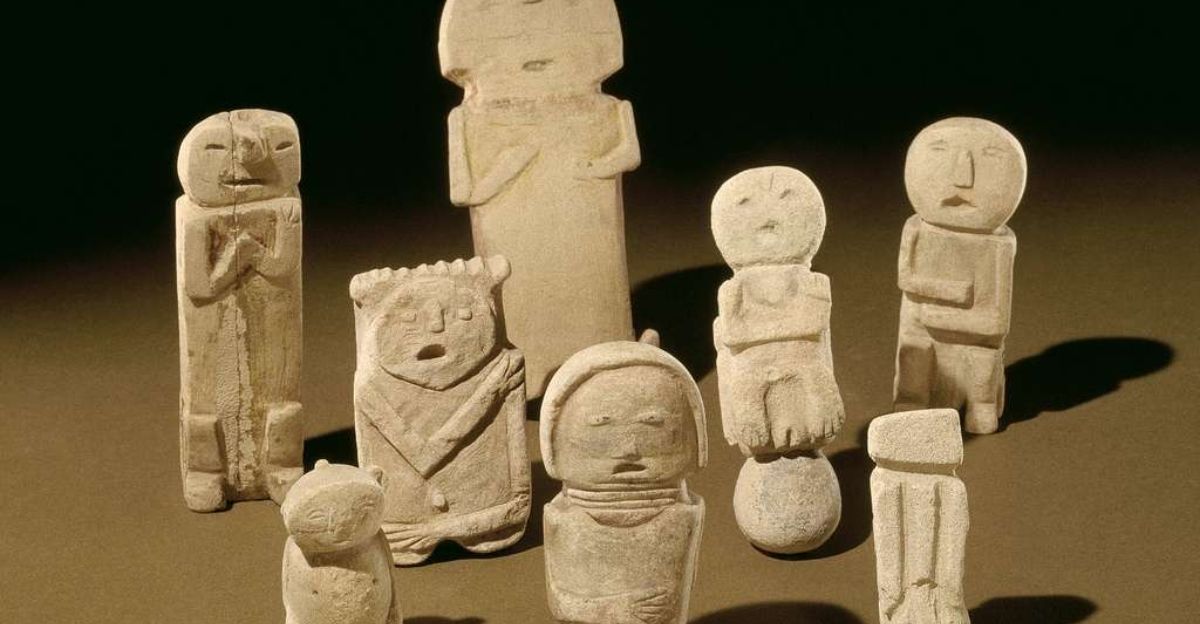
This remarkable sting operation took years to plan and put together for everything to run as smoothly as it did. Launched in 2006, the operation relied on a confidential informant who, over two years, infiltrated a tight-knit network of looters and dealers by purchasing artifacts while secretly recording transactions with hidden cameras and microphones. The operation reached its peak in June 2009, when armed federal agents raided homes and businesses across Utah, New Mexico, and Colorado, ultimately arresting 24 people.
“Nothing on this scale has ever been done before, not in terms of investigating the crimes, seizing the artifacts, and organizing the collection,” said BLM spokeswoman Megan Crandall.
The Human Cost of the Operation

Although the raid was successful in many different ways, there was a tragic end for three people involved with the operation. Three people who were deeply connected to the incident died by suicide. Dr. James Redd, a respected local physician, took his own life the day after being arrested, overwhelmed by the prospect of federal charges and the stigma within his community.
His death was soon followed by the suicide of another defendant, Steven Shrader, and later by the operation’s informant, Ted Gardiner, who struggled with guilt, addiction, and the hostility he faced after his identity became known. Despite the remarkable recovery, this operation left many families shattered and a local community torn apart.
Sorting Through the Treasure
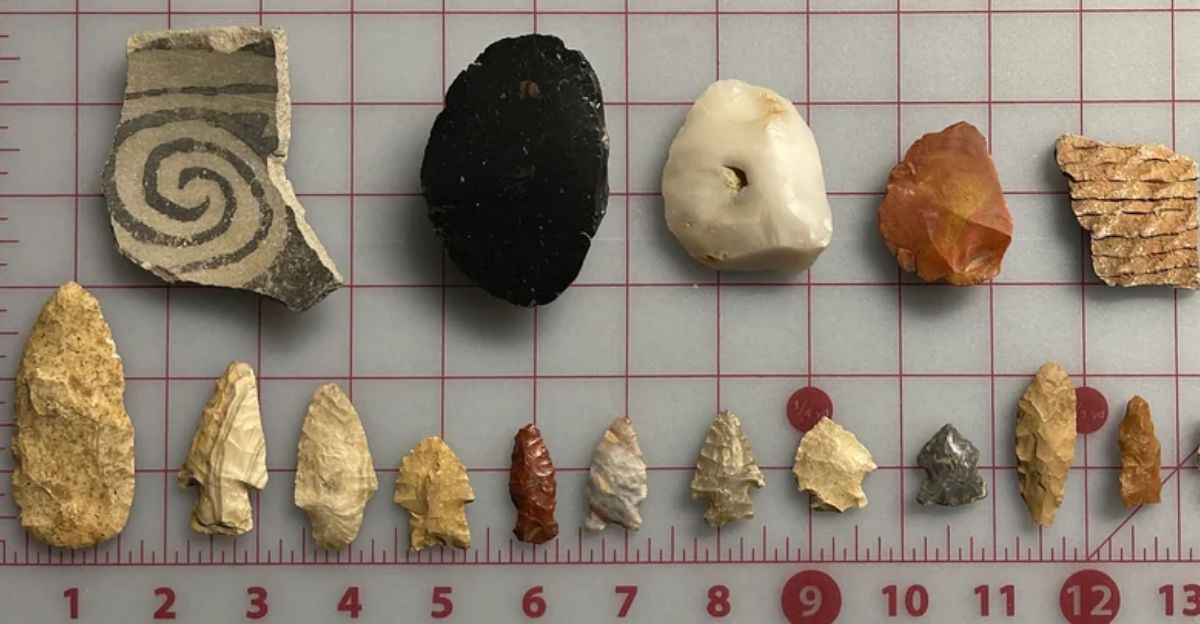
Specialists from the Bureau of Land Management (BLM) have spent years cataloging and preserving more than 40,000 objects, many of which were stripped of their archaeological context by looters. While some artifacts have already been identified and returned to tribes such as the Navajo Nation, the majority remain in federal care, awaiting tribal consultation and claims.
“You won’t find some of these items anywhere else,” said Kara Hurst, former curator at the BLM. “We’ve heard stories about some of these objects. But not even Native Americans had seen some of these things before.”
What Was Recovered

This federal warehouse is nothing short of a treasure trove of history waiting to tell stories of the past. The seized items included ancient pottery, intricately woven textiles, projectile points, ceremonial masks, jewelry, figurines, and even burial goods, some dating back thousands of years and holding immense archaeological, cultural, and spiritual value.
In one home alone, agents cataloged over 5,000 objects, while another yielded a secret display room packed with thousands more, all meticulously hidden away in closets, basements, and behind concealed doors. “There’s no money to support legitimate excavations of alcoves today,” said Laurie Webster, a research associate at the American Museum of Natural History. “So you’ll never be able to excavate artifacts like these again.”
The Impact of Looting on Historical Context

One of the greatest tragedies of Operation Cerberus Action was the irreversible loss of archaeological context for many of the recovered artifacts. “How would you feel if a Native American dug up your grandmother and took her jewelry and clothes and sold them to the highest bidder?” Mark Mitchell, a former governor of the Pueblo of Tesuque, said.
Without knowing exactly where artifacts came from, archaeologists and tribal historians will have far fewer valuable artifacts for research or cultural understanding.
Partnerships with Native Communities
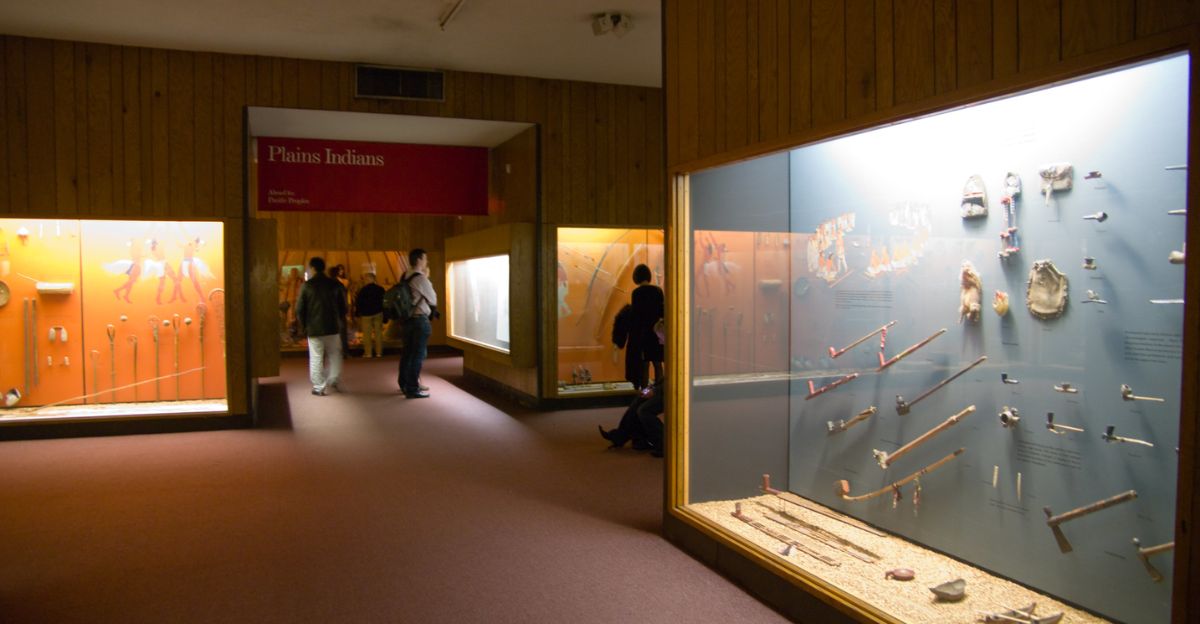
Federal agencies hope to collaborate with Native American museums and cultural centers to house and interpret the artifacts. “Part of our hope is that we will form partnerships with Native American communities, especially those that have museums,” said Nancy Mahaney, a BLM curator.
By involving tribal representatives in the review and decision-making process, the BLM hopes to honor these communities’ deep cultural and spiritual connections to the artifacts.
The Legal Challenges
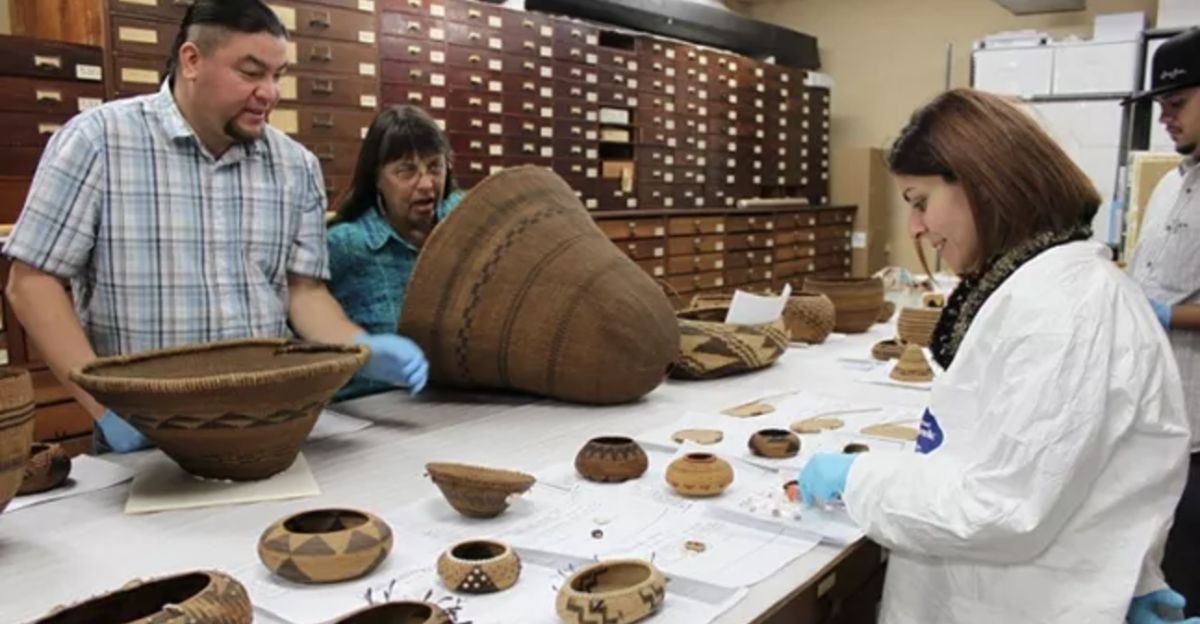
The Native American Graves Protection and Repatriation Act (NAGPRA), passed in 1990, mandates the return of Native American human remains and cultural items to their rightful tribes. However, progress has been slow; as of 2023, over 110,000 Native American remains still haven’t been returned to their rightful owners.
The pace of repatriation has been slow, often impacted by challenges like establishing cultural affiliation and gaps in enforcement. Recent revisions to NAGPRA, effective as of January 2024, aim to accelerate the process by closing loopholes and reducing the evidentiary burden on tribes.
FBI Art Crime Efforts
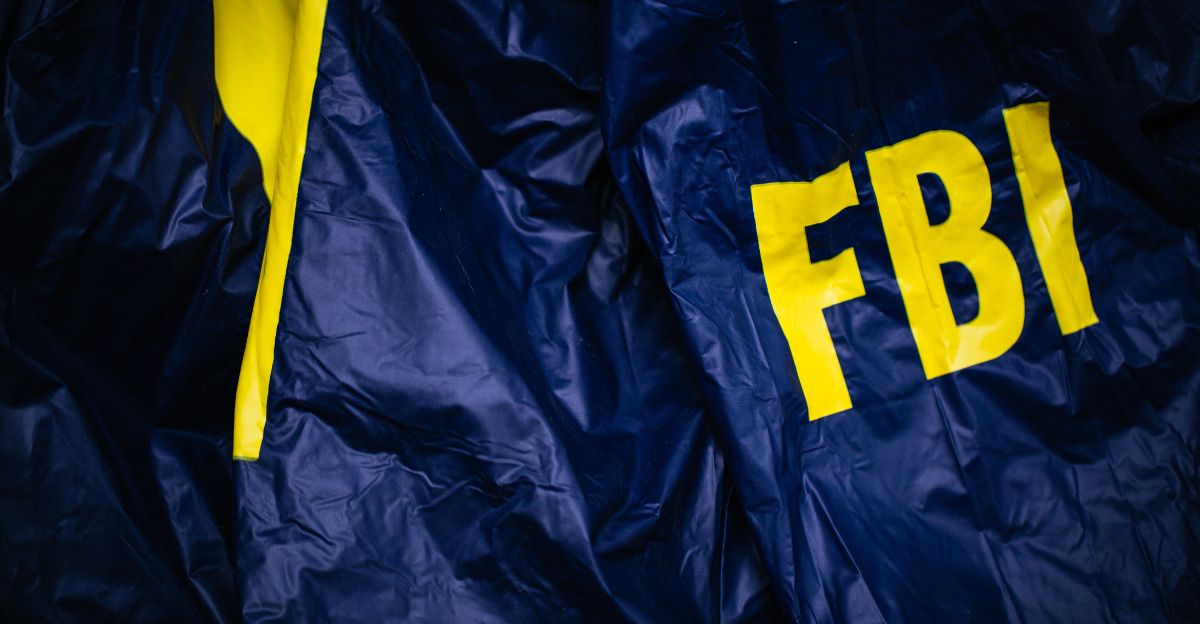
The world of art crime is much more complicated than most might think, but the efforts by the FBI are working on cutting back on this world little by little. During a different operation in 2014, the recovery of more than 7,000 artifacts, including approximately 500 sets of Native American human remains from the Indiana home of amateur collector Don Miller.
The Art Crime Team’s work extends far beyond seizure: agents collaborate with archaeologists, tribal authorities, and international experts to identify the origins of each object, facilitate respectful repatriation, and ensure that ancestral remains are returned to their communities for proper reburial.
The Ongoing Battle Against Looting
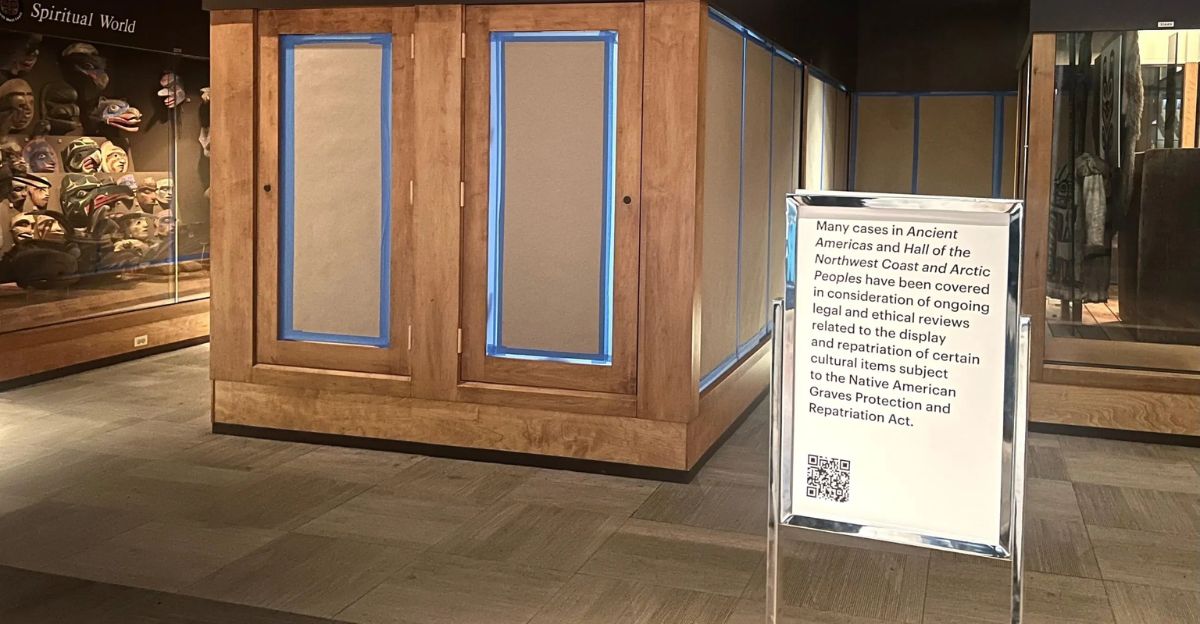
While this operation has shown remarkable progress in the fight against looting, the war is far from over. Looting, vandalism, and unauthorized digging continue to threaten archaeological sites on public and tribal lands, robbing communities of irreplaceable cultural heritage and erasing vital historical context. Many believe stricter penalties and robust enforcement are needed to deter illegal antiquities trading.
Recent updates to NAGPRA have broadened protections and imposed tighter deadlines for museums and institutions to consult with tribes and repatriate items. However, the system is still flawed in some areas. With stronger oversight, enforcement, and public awareness, there might just be hope for the future of looting and protecting these remarkable artifacts.

